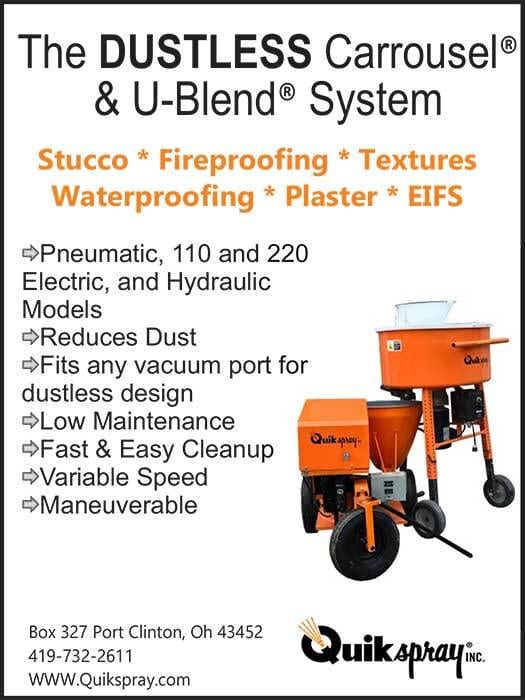A Construction
Prognosis
The current state of commercial construction in the U.S.
By Mark Monroe
The current state of commercial construction in the U.S.
By Mark Monroe
As a regional manager, one of my duties is to maintain a working knowledge of the overall state of the commercial construction industry in the United States. I obtain my information from multiple sources ranging from technical white papers, commercial construction industry reports and direct conversations with people involved in the industry.
First, let's define the term “commercial construction.” This industry includes companies involved in the construction of office, retail, hotel, agricultural and entertainment buildings, including new construction, additions, alterations, maintenance and repairs. Participants are construction management agencies, owners/developers, design professionals, general contractors and specialized sub-contractors.
In my opinion, and from my research, there are five trends which show the industry is in a state of turmoil. These trends include: lack of a skilled labor force, supply chain issues, lack of clear project design details, quality control in the commercial construction process and mergers and acquisitions by major manufacturers.
Lack of Skilled Labor Force
Due to a high number of both design and construction professionals reaching the promised land of retirement, a clear shortage of skilled team members are evident in the industry. This matter has deteriorated further by the lack of apprentices for union labor programs. It should also be noted that certain regions across the country fail to pay a living wage for this industry. Top this off with the COVID-19 pandemic, which has more or less enveloped us since March 2020, and you have an exacerbated situation.
Another detrimental aspect of commercial construction is the lack of an experienced labor force. With the wave of seasoned team members reaching retirement age, some of the younger team members are being prematurely promoted to management positions. This results in positions being filled but also causes gaps in the overall field experience on project sites. Any way you look at this, there will be a personnel shortage somewhere in the construction hierarchy.
Supply Chain Issues
Depending on the source of information, it is difficult to pinpoint the exact cause of the supply chain issues. However, I think we can all agree that the manufacturing of building materials in the U.S.A. has decreased over the last decade. This combined with the labor shortage in the transportation and warehousing industry has further aggravated the issue.
The biggest effect on the supply chain issue appears to be a problem that has been brewing for years. With the USA relying on more imports from Asian countries, and a failure to update port facility infrastructures have led to bottlenecks for shipping containers. This combined with antiquated USA maritime laws has created the current supply chain disruption causing steep prices for commercial construction building materials.
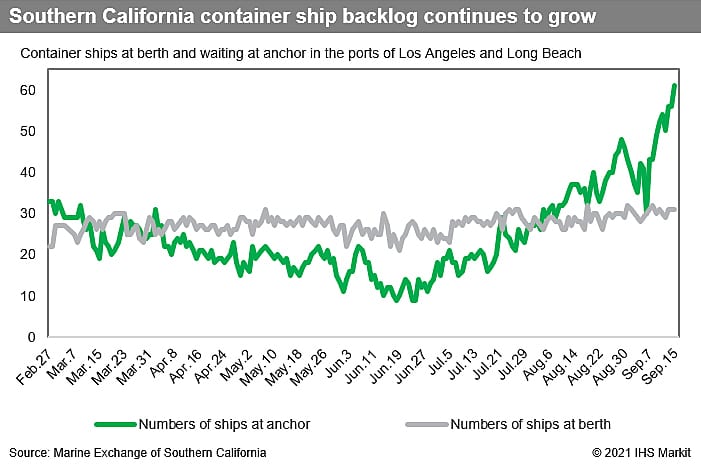
Lack of Clear Project Design Details
For a successful commercial construction project, all project design details should be clear regarding means and methods, sequencing and specific names of building materials. Too often design details are not specific, nor do they provide the installation contractor clear direction on how to construct certain aspects of the project. Some examples are rough opening details where a reverse lap condition is created either directly above or below the actual rough opening. Other examples include multiple manufacturers' materials utilized in one location. This causes potential warranty issues when straying from a single source of materials. This increases additional liability on all parties involved, especially the installing contractor.
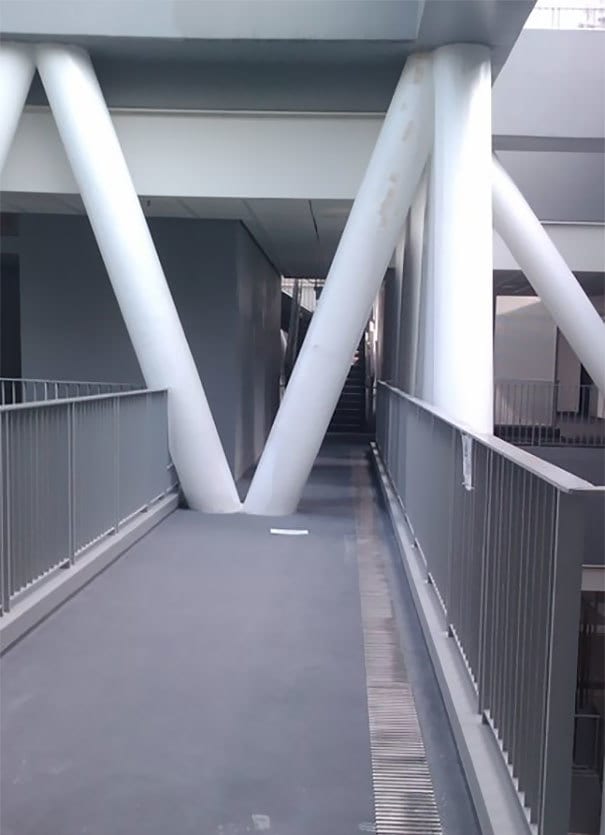
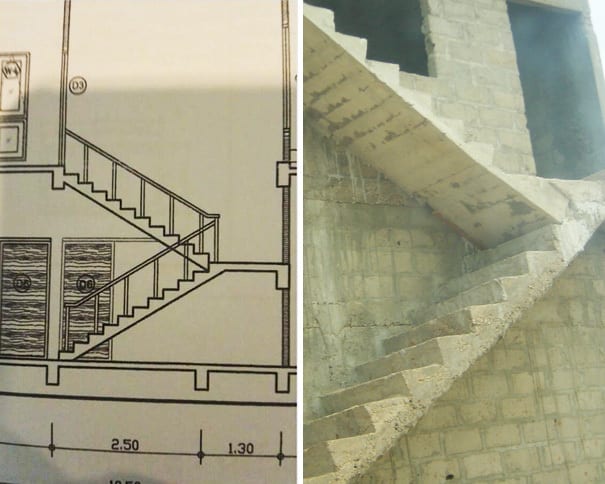
Built as drawn?
Definitely built as drawn
Construction Quality Control
Most commercial construction projects utilize some type of QA/QC programs. These programs often incorporate separate consulting agencies. Other times a specific member of the construction team may be assigned as a quality control field specialist. This role is essential for a successful end result of the project. The QA/QC team member should have a firm grasp and good working knowledge of the entire scope of their responsibilities. However, this service is often overlooked or completely non-existent despite being included in the project specifications, per the design team.
Another issue plaguing good QA/QC programs is the overall shortage of raw materials. Many manufacturers are having to allocate other toll manufacturing sources for their material formulations. In essence, the formulation of a specific building material, for example caulking ingredients, may now exhibit different performance characteristics.
The term “Value Engineering” is a practice frequently used by owners' representatives, and at times encouraged by some members of the construction team. From my experience, no value is brought to the project by encouraging substitution of quality materials for less expensive ones. This is a common occurrence in multifamily and affordable housing projects where residential building materials are substituted for commercial grade building materials.
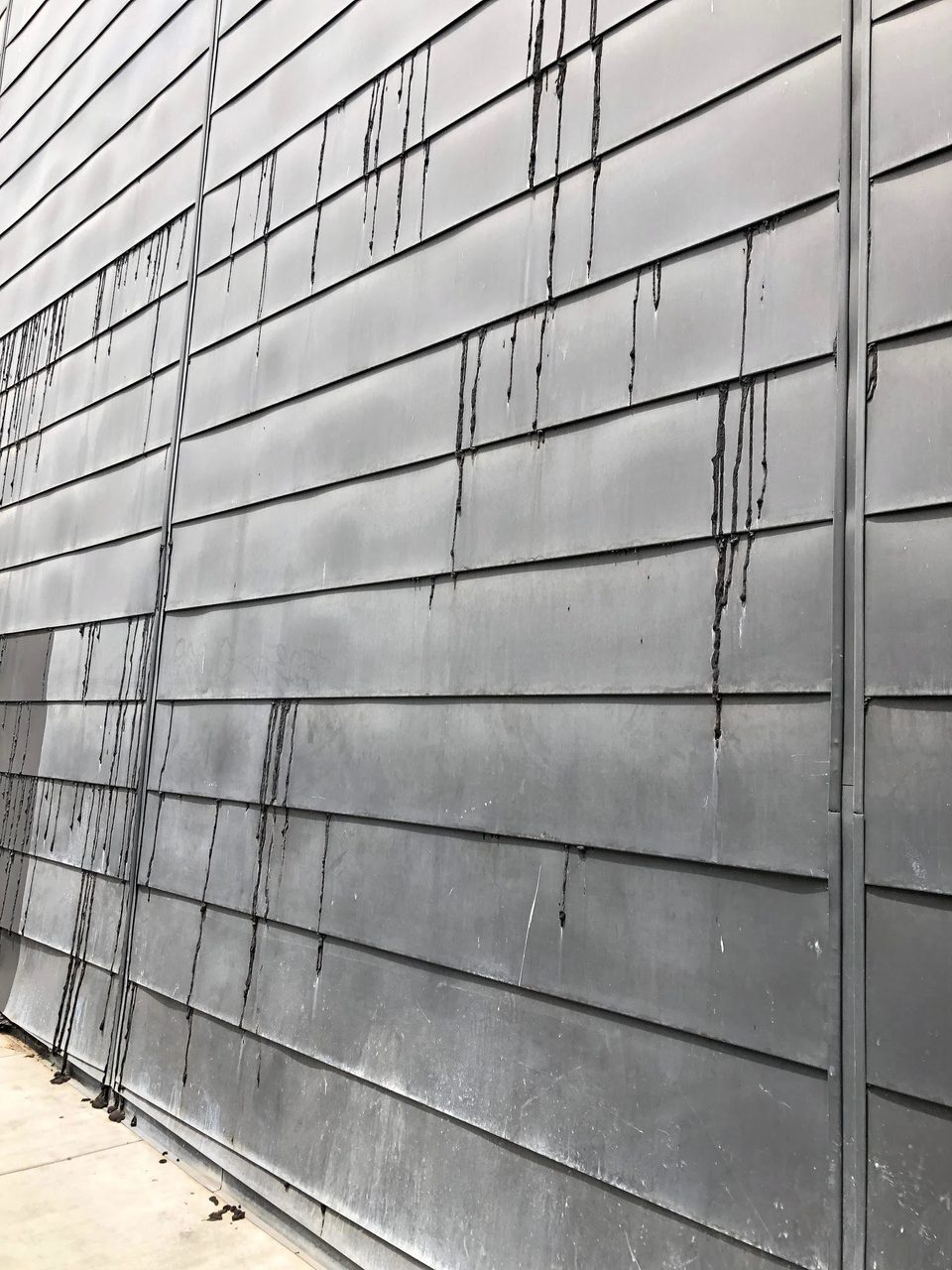
Lack of QA/QC with material compatibility. SBS rubberized asphalt membrane behind zinc panels in southern California. Oops.
Mergers and Acquisitions by Major Manufacturers
In the last 18 months, there have been multiple acquisitions by well-known building material manufacturers. These acquisitions have involved large corporations that have multiple employees. Acquisitions such as these will bring major changes to the construction industry.
Many contractors experienced the sting of multiple building material price increases in 2021. Will this be a good example of what to expect in 2022? Will contractors be experiencing a decrease in both technical support and overall field knowledge from these acquisitions? Will this result in changes to approved applicator programs? What about product distribution? Will these mergers affect how building materials are distributed? How will the future of major box stores and online retailers impact commercial construction projects?
In summation, both 2020 and 2021 were challenging years to say the least. This year—2022—will be a huge indicator in which direction and trends the commercial construction market will evolve. The state of the commercial construction industry is constantly changing, but where it is heading is yet to be determined.
Opening Image Credit: ljubaphoto/E+ via Getty Images.
Remaing Images courtesy of VaproShield.
Mark Monroe is western regional manager at VaproShield in Vancouver, Wash. You can reach him at markm@vaproshield.com.
